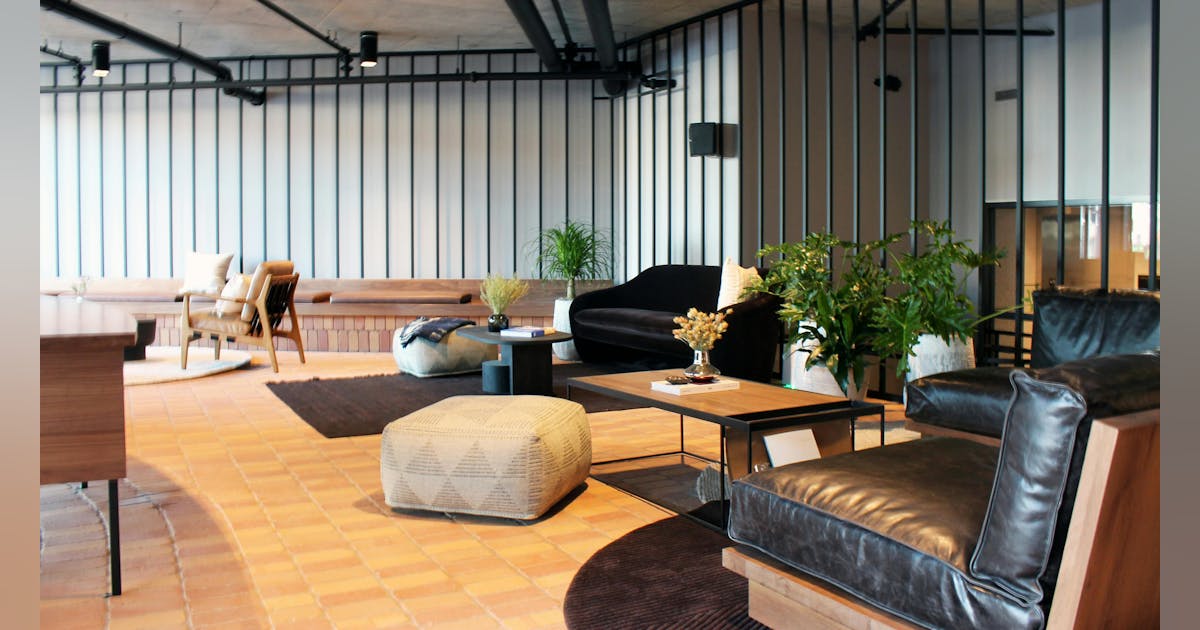The elevation of guest bathrooms into wellness retreats is increasingly noticeable in hospitality spaces, which have effectively transformed them into wellness centers. The popularity of this transformation is due to upgraded bathroom amenities, such as linear drains featured in curbless showers and water filtration systems, designed to reduce visual clutter, increase accessibility, and promote relaxation for the users.
Linear drains perfectly blend design and functionality, giving bathrooms a minimalist, spa-like ambiance. They are often used in luxurious “wet-room” spa baths and curbless showers owing to their ability to effortlessly harmonize aesthetic appeal and purpose. The curbless showers, on the other hand, aid in creating cleaner lines in the bathroom, reducing visual clutter, and enhancing accessibility. This combination contributes to the overall well-being of the user.
When it comes to hospitality spaces, the choice of the correct shower drain is often crucial, particularly during the conversion of bathtubs into showers in hotels. As bathrooms continue to become more spacious and showers larger, hotels are transitioning to walk-in showers, replacing bathtubs. Such trends align with increasing design inclinations towards an increase in accessibility, luxury, and ease of maintenance.
Moreover, advanced features, such as steam showers, voice-activated smart systems, and extra-deep soaking tubs are becoming commonplace. Such features allow guests to personalize their wellness routines, making their stay more invigorating and stress-reducing.
In addition to the transformation of bathrooms, lighting for wellness and ambiance is increasingly becoming an essential aspect of designing hospitality spaces. Many establishments are incorporating large windows, natural light, and biophilic designs to boost mood and energy. Adjustable lighting options also provide guests with the ability to control their environment, thereby seamlessly transitioning from bright, energizing daylight for daytime activities to warm, calming light during the evening.
Furthermore, technology in lighting has improved significantly, now featuring circadian rhythms. This allows guests to adjust the color temperature from cool daylight to a cozy warm light during the evenings. Such advances contribute to creating a soothing and peaceful atmosphere, thereby enhancing sleep quality and overall guest satisfaction.
Touch-free technology for health and safety is another increasingly popular trend, as it improves hygiene and creates a sense of modern luxury. Such technologies, which include automated doors, touchless check-ins, and faucets, are an effective way of reducing the spread of germs in high-traffic hospitality spaces. The adoption of touch-free technologies in bathrooms and common areas reduces the risk of cross-contamination and contributes to a seamless, high-end guest experience.
With a focus on personalized services, guest rooms are evolving into wellness sanctuaries, offering more than just sleep spaces. These rooms now boast of ergonomic furniture, hypoallergenic bedding, air purification systems, and noise-reducing features catering to both relaxation and productivity. Wellness-focused establishments are incorporating features like aromatherapy diffusers, calming color palettes, and on-demand fitness and meditation resources.
This trend of creating an environment that prioritizes customizable well-being continues to grow. As guests increasingly shift towards holistic wellness, hospitality properties continue to create a competitive edge by integrating wellness throughout their spaces. From shared spaces that promote social wellness to individual rooms designed for personalized relaxation, such establishments set a new benchmark in the field of wellness in hospitality design.




